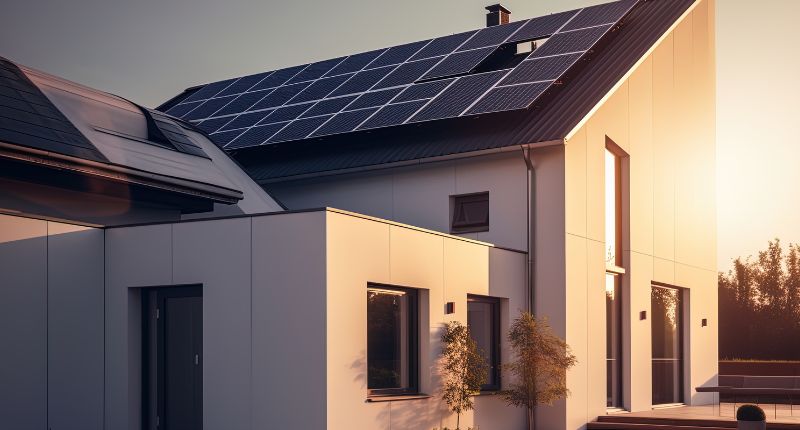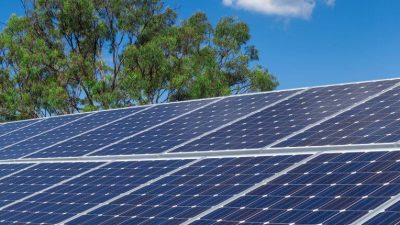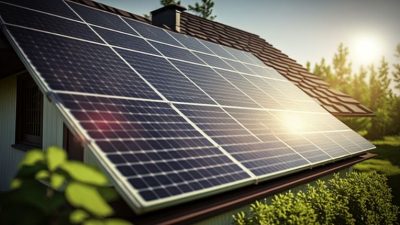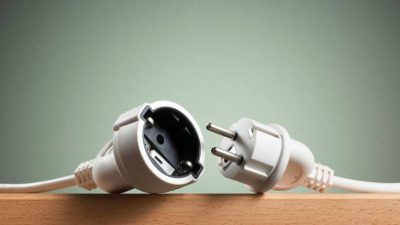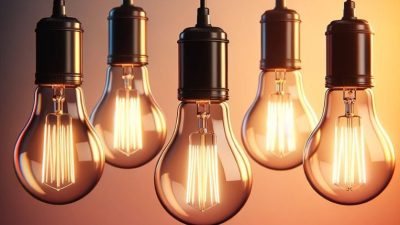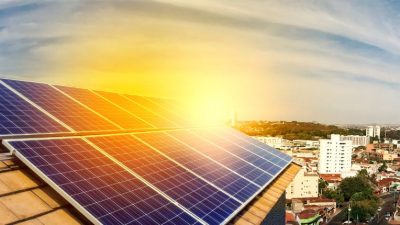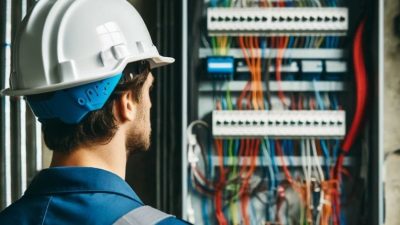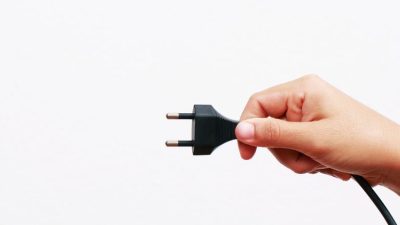As we have already discussed on several occasions, solar installations are an excellent option for harnessing renewable energy. Today we would like to take a closer look at a specific aspect of this technology: photovoltaic self-consumption.
In this post, we will explore how PV self-consumption works, its benefits and why more and more people are turning to this technology to manage their energy in an efficient and environmentally friendly way. We won’t go into complex terms or fancy calculations, but we want you to get a clear picture of how this technology can positively impact your life.
What is photovoltaic self-consumption?
Photovoltaic self-consumption refers to the use of solar panels to generate electricity that is consumed in the same place where it is produced, usually in homes or businesses.
This means you can produce your own energy, reducing your dependence on the grid and optimising your costs.
Main components of a self-consumption system
- Solar panels: These are responsible for capturing the sun’s energy and converting it into electricity.
- Inverters: These transform the direct current generated by the panels into alternating current, which is what we use in our homes.
- Storage batteries (optional): Allow storage of surplus energy for use when the sun is not shining, e.g. at night or on cloudy days.
- Bi-directional meters: They measure the amount of energy you generate and the amount of energy you consume from the grid, allowing you to keep detailed control of your self-consumption.
Benefits of photovoltaic self-consumption
Photovoltaic self-consumption is not only an advanced technological solution, but also offers a number of significant benefits that make this option increasingly attractive for households and businesses.
Economic savings
One of the main benefits of photovoltaic self-consumption is the savings on your electricity bill. By generating your own electricity, you considerably reduce the amount of energy you need to buy from the grid. This translates into a direct reduction in your monthly expenses. In addition, in some cases, you can sell the surplus energy you produce to the grid, which can generate additional income.
Sustainability
The use of solar panels contributes significantly to reducing your carbon footprint. By producing clean, renewable energy, you reduce your dependence on fossil fuels, which helps to combat climate change. Every kilowatt-hour (kWh) of solar energy you consume is one less kWh that comes from polluting sources. So you are doing your bit for the environment.
Energy independence
Photovoltaic self-consumption offers you greater independence from traditional energy suppliers. This means you are less vulnerable to fluctuations in electricity prices and possible power supply interruptions. Having your own energy source provides you with energy security and stability, which can be especially valuable in emergency situations or power outages.
Valuation of the property
Solar installations can increase the value of your home. Potential buyers increasingly value energy improvements and the possibility of owning a more sustainable home with lower operating costs. This makes photovoltaic systems an investment not only for the present, but also for the future, increasing the attractiveness of your property in the real estate market.
Additional benefits
In addition to the above-mentioned benefits, PV self-consumption can also offer additional advantages such as subsidies and financial support. Many governments and local authorities offer incentives to encourage the installation of solar panels, which can significantly reduce the initial investment cost.
How does the self-consumption system work?
Self-consumption allows you to produce and consume your own electricity by installing solar panels in your home.
In this way, the energy used in your home will be mainly from the panels when it is being generated.
Then, when the energy from the panels is not enough, you can continue to consume from the grid as before.
Installation process
It all starts with a site assessment.
- Professionals will analyse your home or business to determine the best location for solar panels. Factors such as roof orientation, pitch and the amount of shade you receive throughout the day are crucial.
- Once the ideal site has been identified, the solar panels and associated equipment, such as inverters and, if you have opted for them, storage batteries, are installed.
Energy generation and use
Once installed, solar panels begin to capture the sun’s energy and convert it into electricity in the form of direct current (DC). This current passes through inverters, which transform it into alternating current (AC), the form of electricity we use in our homes to power appliances, lights and other devices.
Immediate consumption and storage
The energy generated can be consumed immediately at home, reducing the need to buy electricity from the grid.
If you generate more energy than you need at the time, the surplus can be stored in batteries for later use. This is especially useful for times when the sun is not shining, such as at night or on cloudy days.
Grid connection and bi-directional meters
In addition, if your system is connected to the grid, any excess energy that is not stored in batteries can be sent back to the grid. This is where bi-directional meters come into play, which record both the amount of energy you send back to the grid and the amount you consume from it.
This allows you, in many places, to receive financial compensation or credit for the energy you contribute to the grid.
Maintenance and optimisation
To ensure that your PV self-consumption system performs optimally, it is important to perform regular maintenance.
This includes cleaning the panels to prevent dust and bird droppings from reducing their efficiency. In addition, it is advisable to schedule regular inspections by professionals to verify that the entire system, including wiring and inverters, is in good condition.
Is photovoltaic self-consumption profitable?
The profitability of PV self-consumption is one of the main concerns of those considering this option for their home or business. Assessing whether this investment is profitable depends on several factors, such as the cost of installation, savings on electricity bills, available subsidies and the payback period.
Installation cost vs. long-term savings
The initial cost of installing a PV self-consumption system may seem high. However, it is essential to consider that this is a long-term investment. Savings on electricity bills start to be felt from the very first moment the system begins to operate.
Over time, these savings can far exceed the initial cost of the installation. In many cases, PV systems pay for themselves within 5 to 10 years, depending on energy consumption and local conditions.
Grants and subsidies
An important aspect that improves the profitability of PV self-consumption is the subsidies and grants offered by many governments and local authorities. These subsidies can cover a significant part of the cost of the installation, making the initial investment more affordable.
In addition, there are incentive programmes that allow the surplus energy produced to be sold to the grid, generating additional income that accelerates the amortisation of the system.
Reduction of electricity bills
Saving on your electricity bill is one of the most tangible benefits of photovoltaic self-consumption. By producing your own electricity, you reduce the amount of energy you need to buy from the grid, which translates into a direct reduction in your monthly bill.
In some cases, these savings can be as much as 50% or more, depending on the capacity of your system and your energy consumption.
Long-term value
Beyond the immediate savings, photovoltaic self-consumption systems add value to your property. Energy improvements are increasingly valued in the property market, and having a solar installation can increase the attractiveness and value of your home. You are also contributing to a more sustainable future, which is an intangible but significant value.
Example of cost-effectiveness calculation
To illustrate the profitability of PV self-consumption, let’s consider an example. Imagine that you install a system with a nominal power of 3,150 W, an efficiency of 95% and that your home receives about 6 hours of sunshine per day. The energy produced would be:
Energy produced = (3,150 W x 0.95 x 6 hours) / 1,000 = 17.95 kWh/day
In one year, this is equivalent to:
Annual energy = 17.95 kWh/day x 365 days = 6,552 kWh
If your electricity tariff is €0.20 per kWh, the annual savings would be:
Annual savings = 6.552 kWh x 0,20 € = 1.310,4 €.
If the installation cost of the system is €6,000, the payback period would be:
Amortisation period = 6.000 € / 1.310,4 € ≈ 4,6 years
This means that in less than 5 years, you will have recovered your initial investment and start enjoying virtually free energy, increasing your savings over time.
Frequently Asked Questions on self-consumption
How is the energy generated and consumed in shared self-consumption measured?
In order to be able to measure both the generation of the installation and the consumption of each dwelling, a new meter or smart meter must be installed next to the new installation. This meter will measure the energy generated by the community photovoltaic installation. At home, the consumption of each neighbour will be measured by the meter that everyone has installed in their homes.
What are the advantages of self-consumption?
✅You don’t have to worry about electricity rises.
✅You don’t have to adapt to the electricity companies’ timetables.
✅You can reduce your bill by more than 70% on the variable part.
✅You can get local subsidies with which you can amortise your panels faster.
What are the benefits of the self-consumption roadmap?
✔️Gracias the new roadmap will provide the sectors of the economy in general and citizens in particular with a system of energy (and thus also economic) savings, so that these beneficiaries achieve greater independence from the ups and downs of the energy market.
✔️Brindará benefits to consumers, providing them with greater control over their energy expenses, as it will allow them to know their production and consumption at all times thanks to the monitoring of their installation. In addition, it will provide greater independence from the variability of fossil fuel prices that affect the price of the electricity market.
✔️El self-consumption is already a reality in the country, showing positive growth figures year after year. ☀️
What are the objectives of the self-consumption roadmap?
▶️Para that Spain can achieve the targets for installed renewable capacity established within the National Integrated Energy and Climate Plan 2021-2030 (PNIEC) – and which foresees the development of a National Self-consumption Strategy – the Roadmap sets a target to reach 9 GW of installed capacity by 2030.
▶️Dicho target could increase to 14 GW of installed self-consumption in 2030, in the event of a very favourable scenario of high penetration.
▶️Para to achieve the main objective of this Roadmap and deploy self-consumption, it will be necessary to remove existing barriers to enable its implementation, promote its development and, above all, provide energy independence to citizens: in other words, to give them an active role.
Why is self-consumption necessary?
Because self-consumption of energy will be vital to decarbonise the Spanish economy after the pandemic, as one of the main levers included in the Recovery and Resilience Mechanism.
It’s time to switch to self-consumption
In conclusion, PV self-consumption is an investment that not only saves on your electricity bill, but also offers energy independence and contributes to a more sustainable future. With the subsidies available and the long-term benefits, it is a cost-effective and attractive option for any home or business looking to reduce costs and their environmental impact.
And for this it is important to make a prior study of the location by solar energy professionals. At SolarMente we analyse each individual case and take care of everything.
We give a personalised and adapted quote according to the energy needs of each client. This is the way to go if your goal is to reduce your electricity bill by at least 50% while taking care of the environment. If you want us to help you too, click here and calculate how much you can save in a month with your self-consumption system.

